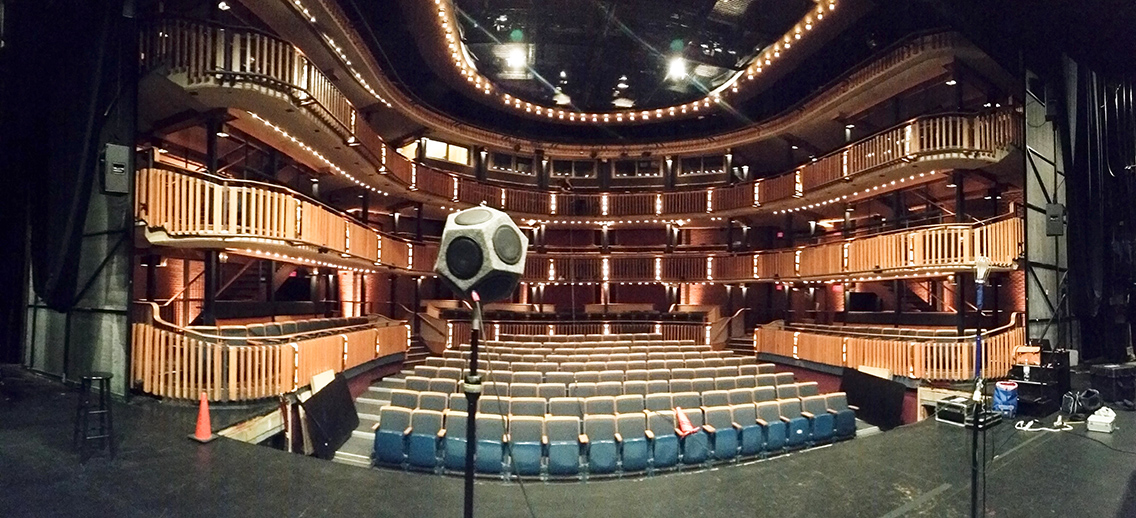
29 Jun Acoustics of Concert Halls, Rehearsal Rooms and Music Facilities
Music, in all its styles and forms, interacts with its environment. Because the acoustical environment is part of the musical process, properly assessing and optimizing music facility acoustics is critical for both musicians and audiences.
Concert hall or rehearsal room: Extensions of the instrument
Regardless of instrument, music is formed in the air. Without contribution from the environment, instruments sound strange and are difficult to play. Ask a musician who has tried to play in an anechoic chamber, which absorb all echoes. That musician will tell you it wasn’t easy.
Balance, blend and ensemble
Whether performing solo or in an orchestra, musicians need to hear themselves and listen to how their notes relate to their environment. The audience, if there is one, usually wants to hear individual orchestral sections or solo instruments at levels that support each other. This is balance. Audiences also want to hear instruments combine to create harmony and melody. This is blend. It’s also vital for musicians hear each other—to execute notes in unison and to know the audience is hearing the same balance they hear. This is ensemble. To achieve it, musicians need to position themselves at an optimum distance to nearby reflecting surfaces so they will hear an ideal magnitude of levels returned from those surfaces.
Acoustical design for audiences and musicians
While musicians need to hear themselves in relation to the ensemble, audiences want to hear solo instruments standing out. A skilled acoustician can provide audiences with a blend that allows individual instruments to stand out during solos, and also make it possible for the audience members to aurally identify an instrument’s position on stage. Reflective surfaces above and to both sides of the stage can support this musical image. The reflections must arrive at the right time and at a level that relates to the sound from the instruments—to every seat in the hall.
The goal of achieving excellent sound in every seat can be met (or at least approached) by suitable design of audience placement relative to the stage, and by carefully selecting the right material for the boundaries of the audience chamber, and then correctly positioning and shaping that material.
Optimize your room’s acoustics
BKL acousticians have the knowledge, insight and experience to solve a variety of acoustical problems—from optimizing room acoustics to isolating mechanical noise and everything in between. If you’re ready to design or upgrade the acoustics in your music facility, whether it’s a theatre, rehearsal space or concert hall, contact BKL today. BKL’s portfolio includes work on concert halls, rehearsal spaces, recording studios and live music venues across British Columbia and Western Canada. Read more about BKL’s past projects here.

Jack Singer Concert Hall, Calgary, AB



Sorry, the comment form is closed at this time.